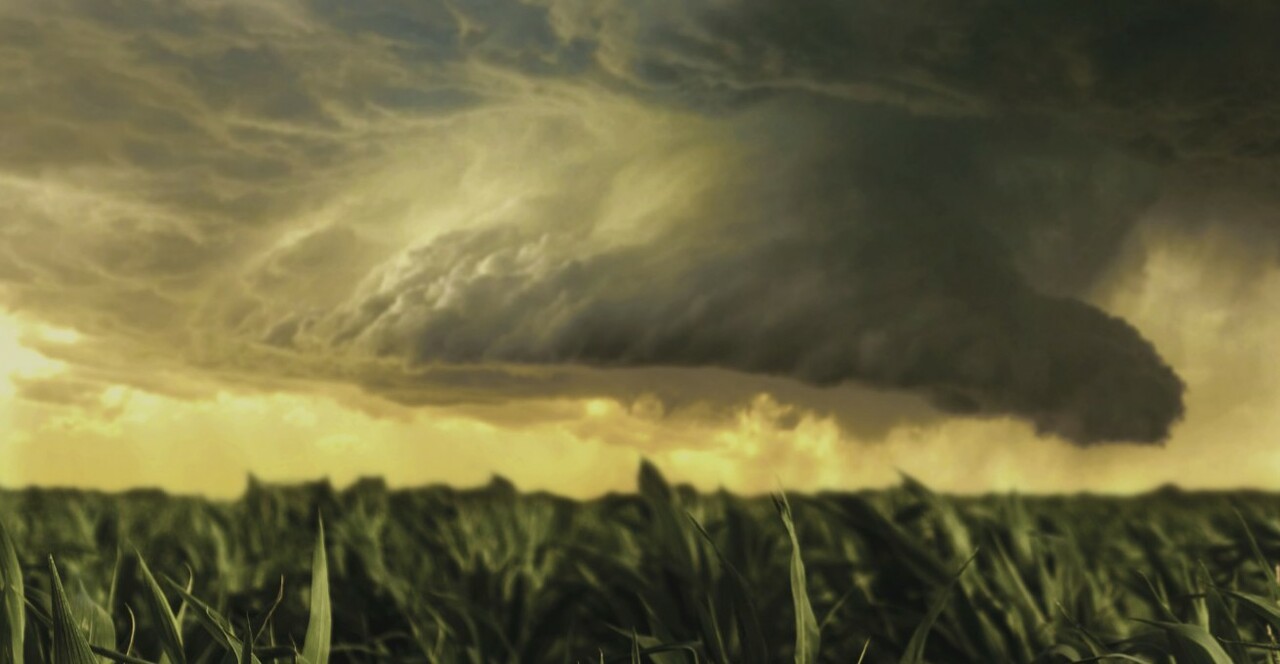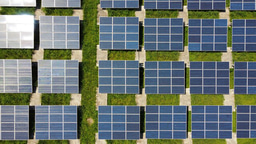Climate Change Intensifies Damaging Thunderstorm Winds
Published in Earth & Environment

Extreme thunderstorm gusts, or straight-line winds (SLWs), are a significant threat to various aspects of our lives, including buildings, energy grids, agricultural production, and human safety. They are more frequent than tornadoes but often receive less attention. The central and southeast United States receive over 80 % of their annual maximum wind speeds from convective storms, making SLWs a critical concern. However, our understanding of climate change impacts on SLW intensity and frequency is very limited, largely due to the small-scale nature of these events and limitations in our ability to simulate SLWs in state-of-the-art climate models.
SLWs can occur across different scales from microbursts at scales of a few kilometers to derechos that can span hundreds of kilometers and live for many hours. SLWs develop under various atmospheric conditions, but an unstable lower atmosphere is essential. Fundamental to their development are downdrafts, which descend from the base of a thunderstorm. These downdrafts form cold pools that spread out rapidly causing severe wind gusts. Additionally, rotation within the thunderstorm - so-called mesovortices - and rear-inflow jets can further amplify extreme wind speeds.
Little is known about the impact of climate change on SLWs. Thunderstorms are expected to intensify as the planet warms mainly due to increased atmospheric moisture availability. However, other factors, such as increased suppression of thunderstorms and decreases in near-surface vertical wind speed variations, may weaken this intensification. These computing influences in addition to the complex, small-scale interactions that cause SLWs make climate change assessments extremely challenging.
Here, I am analyzing SLWs in the central United States - a global hotspot for SLW development - during the last 40 summer seasons using long-term wind observations, theoretical considerations, and a very high-resolution climate simulation. The latter is called the Contiguous United States 40-year, 4 km grid spacing (CONUS404, Rasmussen et al. 2023) and allows us to look at historic changes in small-scale atmospheric processes, such as SLWs, over multi-decadal time scales (1980-present) for the very first time.
My results show that while mean wind speed is decreasing (often referred to as global stilling) maximum wind speeds are increasing in observations and the simulation. The rarest, most damaging wind events intensify the fastest raising concerns about increasing damages from SLWs in the future. Separating convective (i.e., SLW) from non-convective extreme wind events shows that the former causes ~70% of summertime wind maxima in the central U.S. and intensify over time, while non-convective extremes did not change. Additionally, the model results show a fivefold increase in the annual area that is affected by damaging winds in the central U.S. over the last 40 years, a worrisome trend indicating that damaging SLWs are spreading rapidly in this region.
Theoretical analyses based on physical first principles indicate that at least part of the historic intensification of SLWs is due to climate change. The main cause seems to be that the atmosphere moistens with warming at a rate of ~7% per degree Celsius. This moistening results in more evaporation in downdrafts, which accelerates their descent towards the surface since they are relatively cooler compared to their surrounding air, thereby increasing wind gusts. The ~7% per degree Celsius increase explains approximately half of the observed intensification of SLWs in the central U.S. since 1980. The cause for the other half of the increase is unclear but could be related to natural variations in the climate system or changes in the dynamic structure of SLW-producing thunderstorms.
This study provides crucial insights into the impact of climate change on severe thunderstorm windstorms. It highlights that SLWs are becoming more frequent and intense, a trend that is likely to continue into the future due to continuous warming. However, the role of dynamic responses and storm organization in SLW changes remains uncertain and should be a focus of future research.
In conclusion, understanding the growing risk of SLWs due to climate change is essential for effective adaptation and resilience planning. This often-overlooked peril should be incorporated into current and future climate change adaptation strategies to mitigate its potentially devastating consequences.



Please sign in or register for FREE
If you are a registered user on Research Communities by Springer Nature, please sign in